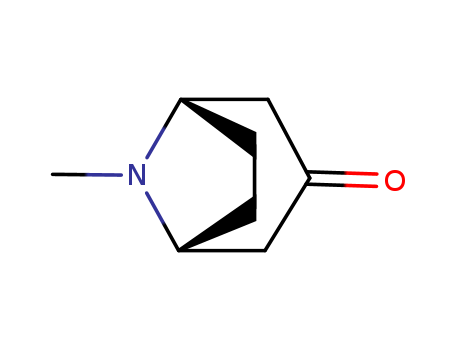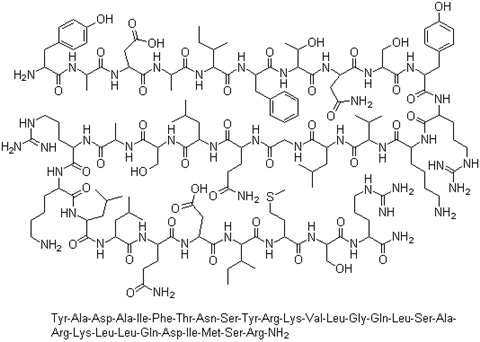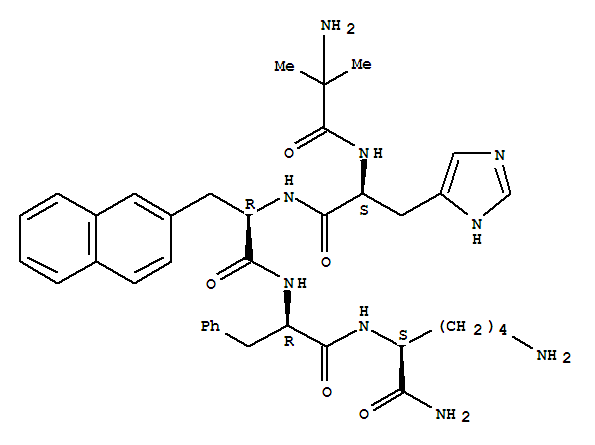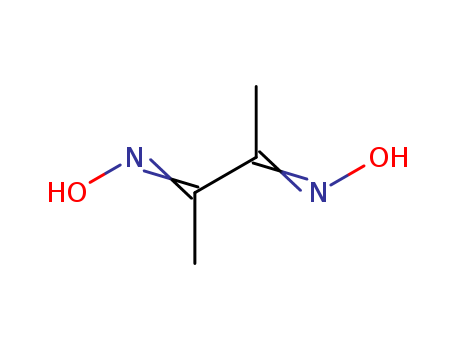
95-45-4
- Product Name:Dimethylglyoxime
- Molecular Formula:C4H8N2O2
- Purity:99%
- Molecular Weight:116.12
Product Details;
CasNo: 95-45-4
Molecular Formula: C4H8N2O2
Appearance: white crystalline powder
Hot Sale High Quality Dimethylglyoxime 95-45-4 Powder
- Molecular Formula:C4H8N2O2
- Molecular Weight:116.12
- Appearance/Colour:white crystalline powder
- Vapor Pressure:0.001mmHg at 25°C
- Melting Point:240-241 °C(lit.)
- Refractive Index:1.487
- Boiling Point:271.529 °C at 760 mmHg
- PKA:pK1:10.60 (25°C)
- Flash Point:158.376 °C
- PSA:65.18000
- Density:1.17 g/cm3
- LogP:0.68660
Dimethylglyoxime(Cas 95-45-4) Usage
| Description | Dimethylglyoxime, often referred to as dimethylglyoxime or DMG, is a white crystalline powder with specific solubility characteristics. Dimethylglyoxime appears as a white crystalline powder. It has various solubility characteristics depending on the solvent used. Dimethylglyoxime can dissolve in certain organic solvents, including alcohol, ether, acetone, and pyridine. However, its solubility in water is limited, with only about 0.5 grams dissolving in one liter of water. It is soluble in methanol and in sodium hydroxide (NaOH) solution. Dimethylglyoxime is insoluble in chloroform, toluene, and xylene. |
|
Uses |
Dimethylglyoxime is recognized as one of the earliest selective organic reagents used in analytical chemistry. It is highly sensitive and specific when it comes to detecting nickel. Dimethylglyoxime is primarily used for detecting nickel. When nickel cations react with dimethylglyoxime, they form an insoluble red precipitate of nickel dimethylglyoxime. It is also used for the determination of palladium levels. Dimethylglyoxime functions as a complexing ligand and forms mixed ligand complexes with various metals, including VO(IV), Ni(II), Zn(II), Pd(II), Cd(II), and Pb(II). |
| Reaction Example | Ni2+ + 2C4H8N2O2 → Ni(C4H7N2O2)2↓ (red precipitate) + 2H+ |
InChI:InChI=1/C4H8N2O2/c1-3(5-7)4(2)6-8/h7-8H,1-2H3/b5-3-,6-4+
95-45-4 Relevant articles
Sensitivity and specificity of the nickel spot (dimethylglyoxime) test
Jacob P. Thyssen, Lizbet Skare, Lennart Lundgren, Torkil Menné, Jeanne D. Johansen, Howard I. Maibach, Carola Lidén
, Contact Dermatitis, Volume62, Issue5 May 2010 Pages 279-288
The accuracy of the dimethylglyoxime (DMG) nickel spot test has been questioned because of false negative and positive test reactions. The EN 1811, a European standard reference method developed by the European Committee for Standardization (CEN), is fine-tuned to estimate nickel release around the limit value of the EU Nickel Directive from products intended to come into direct and prolonged skin contact.
Some theoretical and practical problems in the use of organic reagents in chemical analysis—IV: Infra-red and ultra-violet spectrophotometric study of the dimethylglyoxime complexes of transition metals
K. Burger a b, I. Ruff a b, F. Ruff a b
, Journal of Inorganic and Nuclear Chemistry Volume 27, Issue 1, January 1965, Pages 179-190
Investigations by ultra-violet spectrophotometry disclosed that in an alkaline solution the absorption band of undissociated dimethylglyoxime (HDMG) splits into two bands.
95-45-4 Upstream products
-
609-14-3
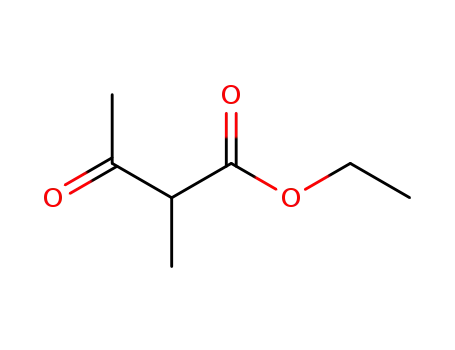
2-acetylpropanoic acid ethyl ester
-
29027-51-8
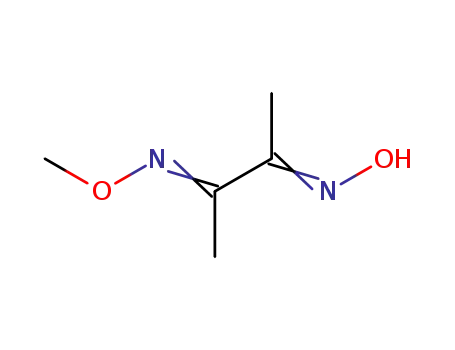
diacetyldioxime monomethylether
-
17235-39-1
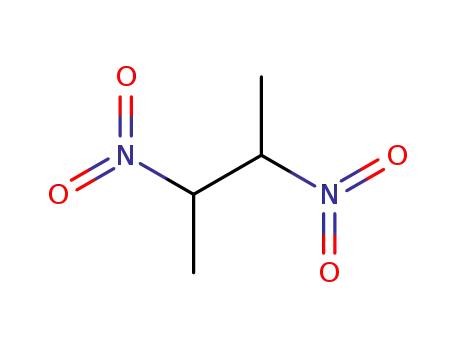
2,3-dinitro-butane
-
96-29-7
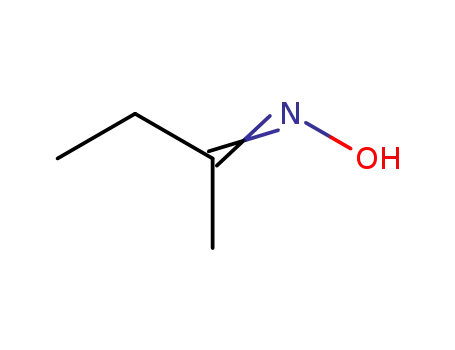
ethyl methyl ketone oxime
95-45-4 Downstream products
-
712287-79-1
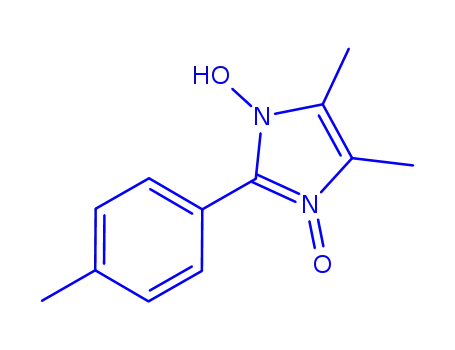
4,5-dimethyl-3-oxy-2-p-tolyl-imidazol-1-ol
-
2199-54-4

2,4,5-trimethyl-3-ethoxycarbonylpyrrole
-
58099-77-7
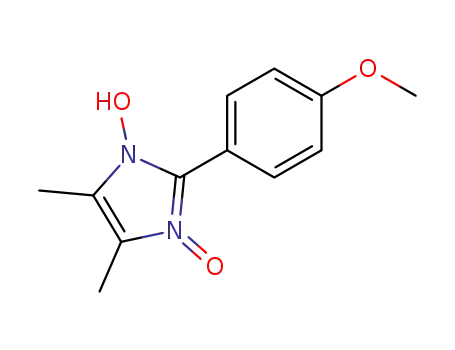
2-(4-methoxy-phenyl)-4,5-dimethyl-3-oxy-imidazol-1-ol
-
40362-26-3
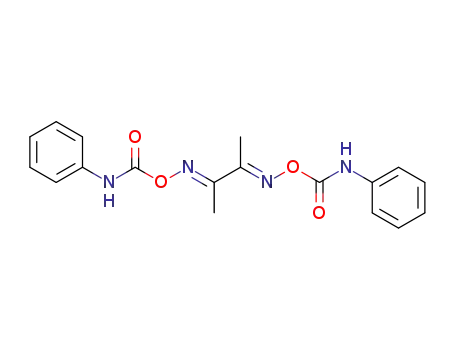
butane-2,3-dione-bis-(O-phenylcarbamoyl oxime )
Relevant Products
-
Tropinone
CAS:532-24-1
-
Sermorelin
CAS:86168-78-7
-
Ipamorelin
CAS:170851-70-4

